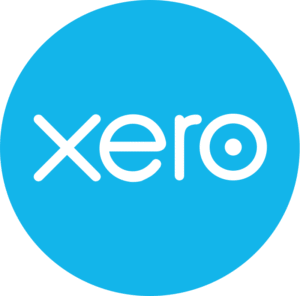| QuickBooks Online |
Xero offers a cost-effective alternative to QuickBooks Online, with plans starting at $20/month compared to QuickBooks’ $30-$200/month, providing similar core accounting features like double-entry accounting, bank reconciliation, and invoicing at a lower price point.
Its unlimited user seats across all plans are a significant advantage for larger teams, unlike QuickBooks, which charges per user. Xero’s inventory and fixed asset management are robust, and its App Store integrations (e.g., Gusto for payroll) enhance functionality, often matching or exceeding QuickBooks’ offerings.
Xero’s customizable dashboard and analytical reports, like Business Snapshot, provide unique insights not always available in QuickBooks, making it ideal for businesses prioritizing affordability and team collaboration. |
| FreshBooks |
Xero excels over FreshBooks for businesses needing comprehensive accounting, as it supports double-entry accounting, which FreshBooks’ Lite plan lacks, ensuring greater accuracy.
Xero’s unlimited invoicing and billing in higher tiers suit growing businesses, while FreshBooks’ plans become costlier with additional users ($19-$60/month vs. Xero’s $20-$80/month).
Xero’s inventory management and multi-currency support (in the Established plan) cater to complex needs, unlike FreshBooks, which focuses on simpler, service-based businesses with strong time-tracking features. Xero’s cloud-based system and extensive app integrations provide scalability, making it a better fit for businesses beyond freelancing or small-scale operations. |
| Zoho Books |
Xero stands out against Zoho Books with its unlimited user access across all plans, a significant advantage for teams, as Zoho Books limits users in lower tiers ($15-$60/month). Xero’s pricing ($20-$80/month) is competitive, and its intuitive dashboard customization is highly rated (90% positive reviews for dashboard features).
Xero’s robust fixed asset management and project accounting features surpass Zoho Books’ offerings for businesses with complex asset needs. Its seamless bank reconciliation with over 21,000 bank connections ensures accuracy, and the Xero App Store provides broader integration options, enhancing functionality for diverse business types. |
| Wave |
Xero provides more advanced features than Wave, which offers a free plan but lacks double-entry accounting in its basic offering, making Xero’s ledger accuracy superior. Xero’s plans ($20-$80/month) include unlimited invoicing and billing, unlike Wave’s free plan, which has limitations and requires add-ons for payroll ($16-$40/month).
Xero’s inventory management, multi-currency support, and fixed asset tracking make it better suited for complex businesses. Its 4.4/5 rating from 3,100 reviews highlights strong user satisfaction, and its cloud-based system with Hubdoc for receipt capture streamlines data entry, offering more robust automation than Wave’s simpler setup. |

